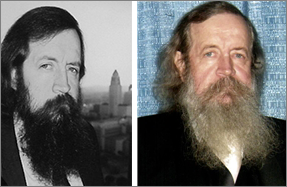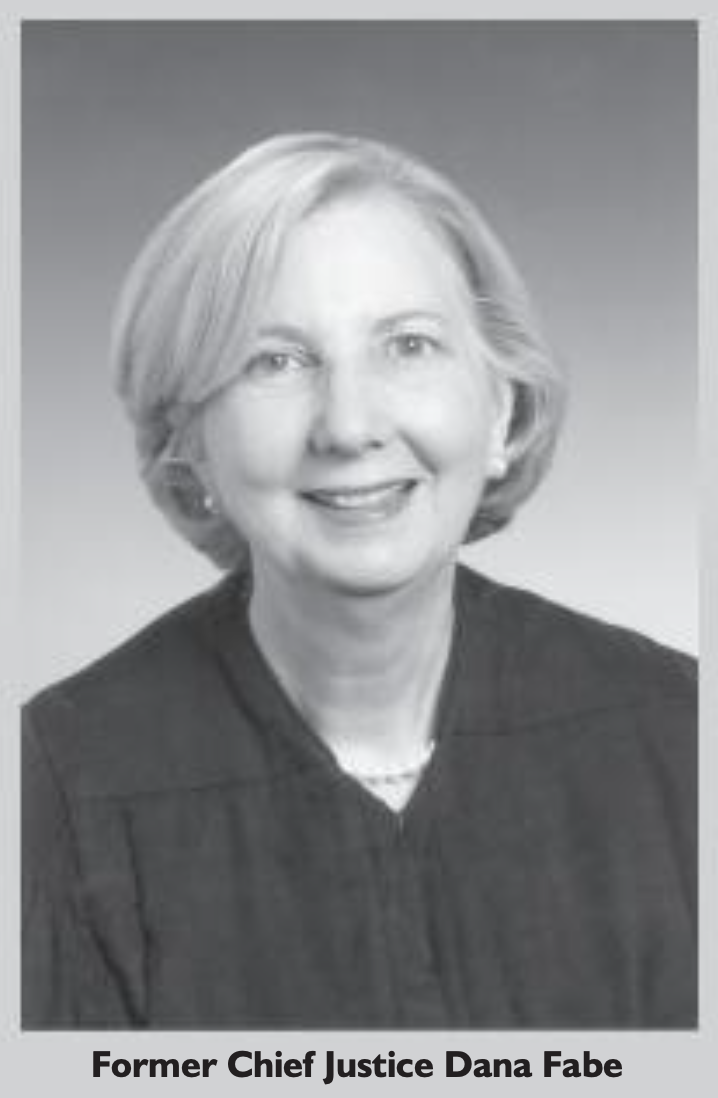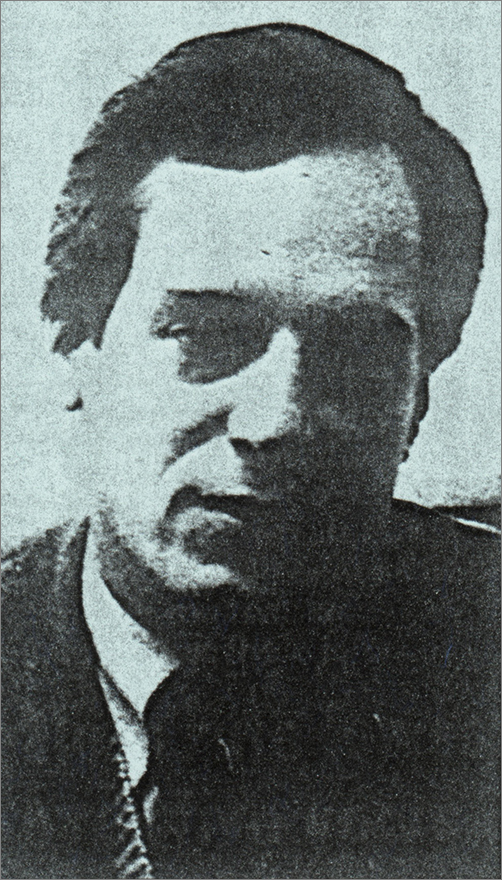The attorneys began to skirmish almost immediately. It was, from the very beginning, a no-holds-barred battle in and out of the courtroom. One battle in particular seemed poised to disrupt Peel’s defense strategy: D.A. Mary Anne Henry objected strenuously to the appointment of a public defender to represent the accused. Why, she wondered, should Mr. Peel have both a public defender and a private attorney? “It should be one or the other, not both,” she sneered.
Defense Attorney Phillip Weidner countered that denying public aid to his client would be “economic warfare by the prosecution,” which he charged was “trying to buy a conviction” with its superior resources of money and manpower.

After several acrimonious exchanges between the two attorneys, Judge Schulz issued a rebuke. “I warn you that if this is the manner in which this is going to be conducted,” he said, “there’s going to be trouble.” Before adjourning for the day, the judge asked the defense and prosecution to try and work out their differences regarding John Peel’s possible release. The judge also stuck with his decision to allow Peel the use of a public defender.
That decision pushed the battle over who would defend John Peel into the open. The state Public Defender Agency, in responding to Peel’s claim of indigency, had named John Salemi — one of its top homicide defense attorneys — to the case. While harmless on the surface, Salemi’s appointment was expected to restrict or exclude the participation of John Peel’s two private attorneys.
“If the Public Defender Agency is appointed and takes the case, basically it’s our case,” said agency director Dana Fabe. What that meant, according to Ms. Fabe, was that an assistant public defender would serve with Salemi, rather than a private attorney.

Before long, however, John Salemi went before Judge Schulz to reveal that he had a conflict of interest, which jeopardized his ability to represent John Peel and would force him “to withdraw as counsel.”
Salemi told Judge Schulz that another of his clients, a man named James Teal, had gone to the authorities because he had important information about the Investor case. Salemi didn’t see how he could represent both men; the interests of one were opposed to the interests of the other. The terms of the battle had now shifted.

(courtesy LinkedIn)
“If Mr. Teal were to become a prosecution witness,” Salemi said, “then we would be in a position of having to cross-examine our own client and that’s a real difficulty for us. And in fact, there’s a tenet of law which says you just can’t do it.”
“You can’t be in a position of trying to make some kind of a deal for Mr. Teal,” Judge Schulz agreed, “so he’ll testify against your other client, Mr. Peel.”
“And that’s the short of it,” Salemi responded. “That’s exactly what he’s asked us to do. And Mr. Peel is aware that this Mr. Teal exists, because Mr. Weidner has found out somehow and told him about it. So that’s why Mr. Peel won’t talk with us, except to exchange pleasantries, when we go to the jail, about the weather and things like that.”
For his part, the judge had little trouble deciding what to do. He would allow the Public Defender Agency to withdraw from Mr. Peel’s defense. That same day, the judge appointed Brant McGee, of the state’s Office of Public Advocacy, to take Salemi’s place. McGee, 38, was a Vietnam veteran that one writer said looked like a “particularly hip high school guidance counselor.”

McGee had a reputation as a cool, unflappable professional, respected by colleagues and opponents alike. A yin to Phillip Weidner’s yang. Phillip Weidner, meanwhile, was acting more and more like John Peel’s legal counsel of choice. Even with that settled, however, the bizarre tale of James Teal wouldn’t seem to go away.
Excerpts from the unpublished original manuscript, “Sailor Take Warning,” by Leland E. Hale. That manuscript, started in 1992 and based on court records from the Alaska State Archive, served as the basis for “What Happened in Craig.”
Copyright Leland E. Hale (2019). All rights reserved.

Order “What Happened In Craig,” HERE and HERE. True crime from Epicenter Press about Alaska’s Worst Unsolved Mass Murder.